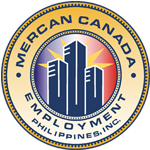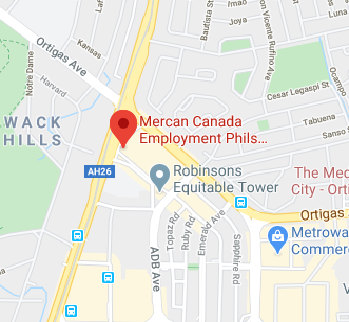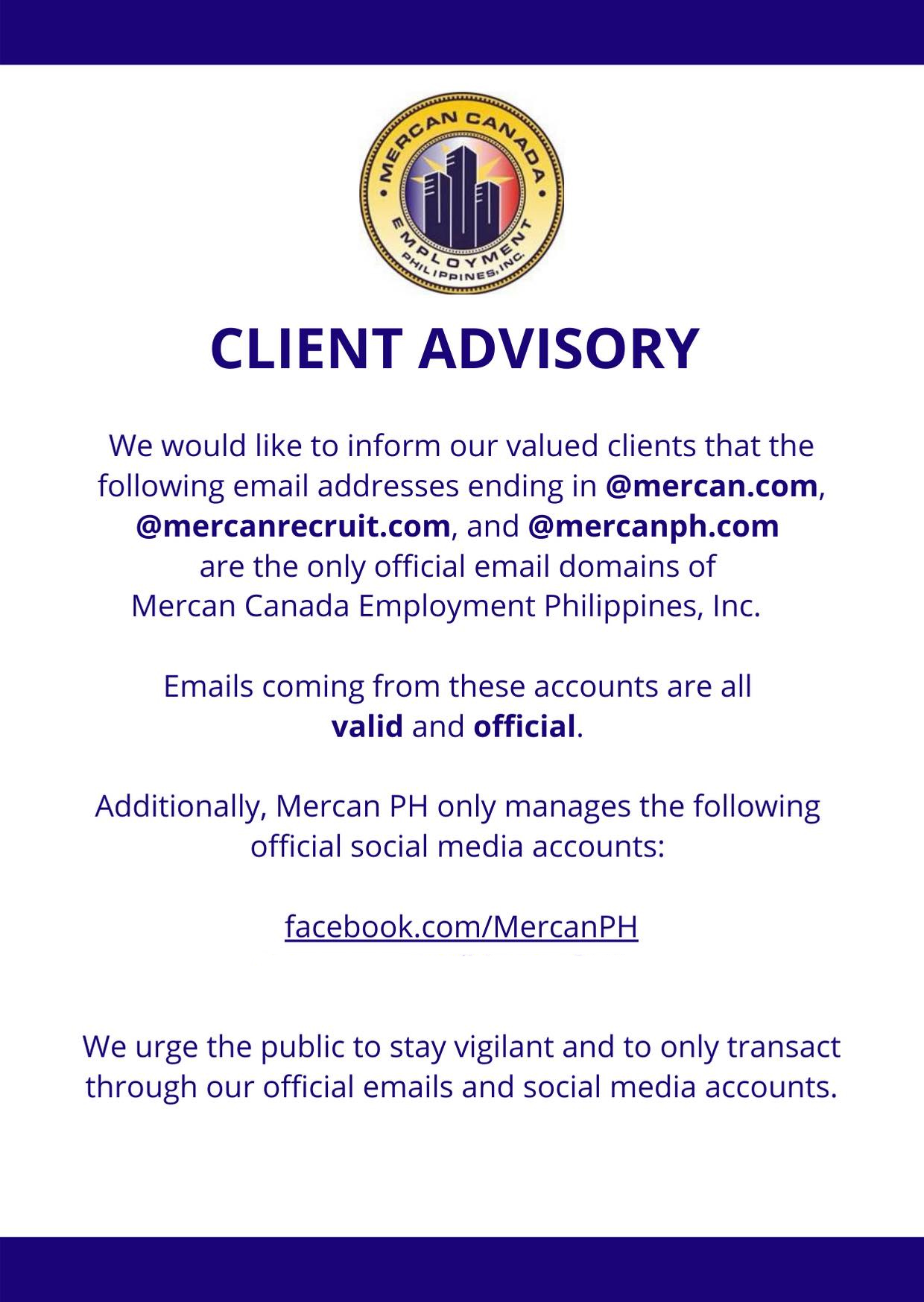Foreign nationals who are in Canada with a letter of introduction (LOI) after approval of a study or work permit application processed outside of Canada: COVID-19 program delivery
Foreign nationals who are in Canada with a letter of introduction (LOI) after approval of a study or work permit application processed outside of Canada: COVID-19 program delivery
Foreign nationals who are physically in Canada with temporary resident status but have received a positive decision letter (letter of introduction [LOI]) on their study or work permit application [IMM 1294 or IMM 1295] processed outside of Canada may request the examination and document issuance required by section 11 of the Immigration and Refugee Protection Act (IRPA) from within Canada using the IRCC Web form.
Foreign nationals who received a LOI under International Experience Canada (IEC) are also eligible to have their relevant permit(s) issued from within Canada.
Due to COVID-19 travel restrictions, these foreign nationals can’t leave and re-enter Canada to present their LOI for examination (in other words, they can’t travel to a port of entry to flagpole or travel to another country and return). Therefore, a process has been developed to conduct the examination and issuance of documents required under section A11. This pilot process is extended from March 31, 2021 until November 22, 2021.
Processing instructions
- Step 1: Submission of IRCC Web form
- Step 2: Referral to Domestic Network (DN)
- Step 3: Examination and document issuance
- Step 4: Printing and mailing of work permit
Step 1: Submission of IRCC Web form
Foreign nationals must request examination and document issuance by using the IRCC Web form, according to instructions on the public website for those applying for a
Examples are provided below.
Study permit applicant message
Applicants should use the following message
a11exam: I am requesting an examination and the issuance of my study permit from within Canada. My application number is [S#########]. I have received my letter of introduction, which is valid until [date].
I entered Canada on [date] as a [visitor/student/worker].
My correct contact information in Canada is:
Telephone:
Mailing Address:
I continue to be accepted at [DLI Name] and [will be/am] registered in the [Name] Program.
Work permit applicant message
Applicants should use the following message
a11exam: I am requesting an examination and the issuance of my work permit from within Canada. My application number is [w#########]. I have received my letter of introduction, which is valid until [date].
I entered Canada on [date] as a [visitor/student/worker].
My correct contact information in Canada is:
Telephone:
Mailing Address:
The applicant’s message should also include one of the following paragraphs:
Employer-specific work permit: My employer, [name], located at [address], may be contacted at [contact telephone or email] to confirm my continued employment offer. I intend to begin work for this employer as soon as my work permit is received.
Open work permit: I attest that my circumstances remain the same and I still meet the requirements of the open work permit program I was approved for.
Step 2: Referral to Domestic Network (DN)
Client Support Centre (CSC)
On receipt of the IRCC Web form, the Client Support Centre (CSC) Email Support Unit (ESU) will triage these requests for the Domestic Network (DN) to access and assess for decision.
The CSC ESU may use the following keyword to pull the requests: a11exam.
Domestic Network (DN)
A designated office in the DN will review the incoming Web forms and take the following initial steps:
- Review the Web form to ensure that
- the category is SP or WP. Any other application category (for example, SP-EXT, WP-EXT, TRV, PRD) is not part of the pilot, and the applicant should be sent the standard response under Not SP or WP category.
- an LOI is attached. The LOI is fundamental to ensuring that the overseas application has been finalized and any counterfoils issued. If the LOI is not attached, the officer should send the applicant the standard response under No LOI attached.
- If the applicant has only received their passport request letter, then they should be directed to send their passport to the address in their letter. In Canada, that is the Case Processing Centre in Ottawa (CPC-O). The migration office at CPC-O will issue the temporary resident visa (TRV) and trigger the LOI to be sent to the applicant, at which point they can use this process.
- If the applicant has only received stage 1 approval in the 2-stage study permit application process, the applicant must contact the migration office processing their application and request a final decision. The migration office will trigger the passport request letter for TRV-required countries and the LOI for TRV-exempt countries.
- Attach the Web form to the appropriate application as incoming correspondence. Enter the following information into the specified fields:
Field Selection/Input Item Client Information Comment(s) LOI-COVID Status Received Via Webform Received date (Date on email) - Having a standard form of entry will ensure that officers can quickly find the correct information.
- Associate the application with the appropriate organization.
- The office responsible for the specific type will pull applications from the associated cases and finalize them, making sure to update the status as needed.
Organization ID to be associated
| O265876897649 | Application meets eligibility |
| O145568739531 | LOI pilot eligibility not met |
| O267983714403 | IEC work permits |
Standard email responses
Not SP or WP category
No LOI attached
Does not hold temporary resident status
Step 3: Examination and document issuance
When reviewing the request, the designated officer will take the following steps:
- Search the foreign national in the Global Case Management System (GCMS) to ensure no flags or client notes were added after the positive decision on the application outside of Canada.
- Confirm that the requester has status in Canada at the time of the request.
- Review the study permit application in GCMS to determine the following:
- Does the name of the designated learning institution (DLI) in the request match the letter of acceptance provided with the study permit application?
- Is the DLI still accepting foreign students? Officers can review further instructions on school closures and cancellations at Cancelled programs.
- Is the officer satisfied that funding is still in place for tuition, living expenses and the return home?
Review the work permit application in GCMS to determine the following:
- Does the name of the employer in the Labour Market Impact Assessment (LMIA) or LMIA-exempt offer match what the foreign national provided in their request?
- Were any concerns or case notes entered after the positive decision outside of Canada?
- Officers may choose to contact the employer to confirm the continued employment offer or contact the foreign national for an interview as they deem necessary.
- Officers may check open source information for confirmation of the employer if they choose. However, if extrinsic information is discovered that may lead to a negative decision, the officer must follow the procedural fairness process.
- Decision: Once they are satisfied that they have sufficient information, the officer should make a decision on document issuance.
Approval: If the officer is satisfied that study or work permit requirements are still met and the requester has valid status, the document can be issued and they should proceed as follows:
On the Application screen:
- Make sure that the position in GCMS is IRCC LOI POE.
- Secondary Office: Add the IRCC LOI POE (9557) and the Case Processing Centre in Edmonton (CPC-E 9518) as secondary offices.
Important: CPC-E must be set as a secondary office or the document will not print out.
- Under the Finalize Application Tab, the officer should make or confirm the following changes to the study or work permit document:
In the sub-applet:
- Confirm that the Address fields show the correct Canadian address. If not, update the address as per the incoming correspondence
- Under POE Conditions, add any additional conditions, as applicable for the permit.
In the Document activity line:
- Valid to: Make any change as per POE remark in Case Notes or User Remark field (for example, for IEC, make valid for the full length of the country agreement).
- Print Queue: Add PQ-DOC-9518-8 to the permit document activity (if applicable, leave the Counterfoil line as is).
- Status: Set to “Generateâ€.
- Add case note: The officer should add a note that the work permit was issued.
Refusal: If the officer is not satisfied that study or work permit requirements are still met, they should refuse to issue the study or work permit.
- Add case notes: The officer must add a case note indicating why they are refusing to issue the study or work permit.
- Advise the client: The officer should inform the requester that permit issuance in Canada is refused and that they must maintain their status in Canada.
- If needed: Follow the process for a section A44 report and removal.
Step 4: Printing and mailing of work permit
The print queue PQ-DOC-9518-8 belongs to CPC-E.
The study or work permit will print with all other issued permits.
The CPC-E will change the status of the permit as required for normal processing after they have printed it and will mail it to the applicant as per the standard mailing process.
Use of the CPC-E print queue is recommended; however, officers may choose to use their local office print queue if needed, for example, to ensure that the document is printed urgently or if reprinting. If printing on a local queue, the officer will have to ensure that their office is added as a secondary office.


